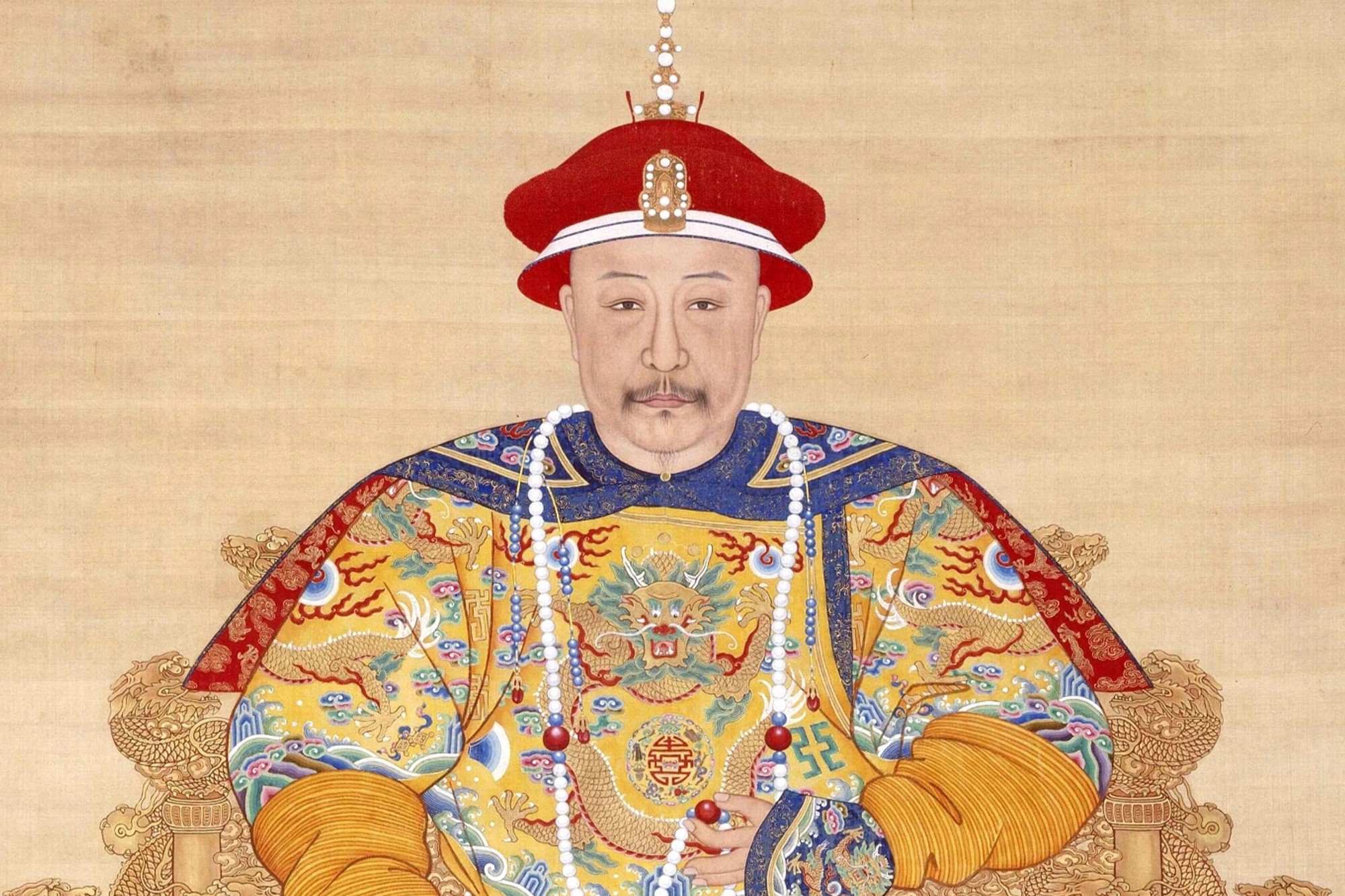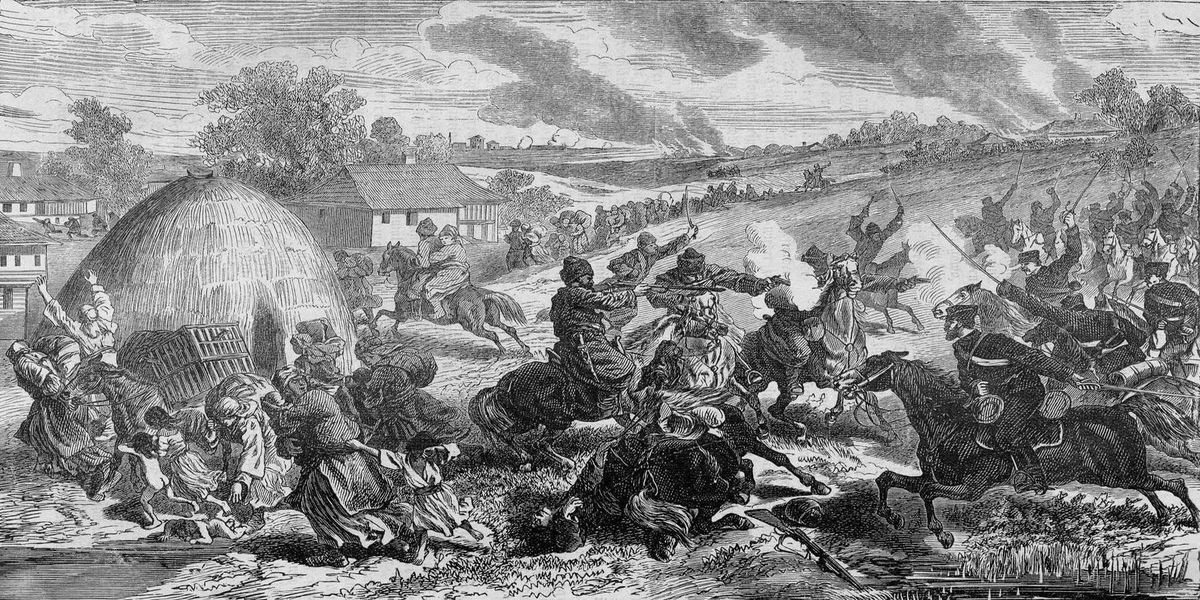
Cavemen teeth hold a treasure trove of information about our ancient ancestors. Ever wondered what those pearly whites reveal about their lives? From diet to health, these teeth tell a story of survival and adaptation. Unlike modern humans, cavemen didn't have dentists or toothpaste. Yet, their teeth were surprisingly resilient. They chewed on raw meat, nuts, and roots, which helped keep their teeth clean. However, they also faced challenges like tooth decay and wear. Cavemen teeth give us clues about their environment, habits, and even social structures. Ready to sink your teeth into some fascinating facts? Let's explore!
Key Takeaways:
- Cavemen had strong teeth and fewer cavities due to their natural diet, while modern humans face more dental issues from processed foods and sugars.
- Studying cavemen teeth helps us understand human evolution and ancient lifestyles, providing clues about diet, migration, and unique dental features.
Cavemen Teeth: A Glimpse into the Past
Cavemen, our ancient ancestors, had fascinating dental structures that tell us a lot about their lives. Let's explore some intriguing facts about their teeth.
-
Cavemen had larger teeth compared to modern humans. This helped them chew tough, raw food.
-
Their teeth were more worn down due to their diet, which included gritty and fibrous plants.
-
Cavemen rarely had cavities. Their diet lacked refined sugars, which are a major cause of tooth decay today.
-
They had stronger jaws. This was necessary to handle the tough, unprocessed foods they consumed.
-
Cavemen practiced rudimentary dental care. Evidence suggests they used sticks and other tools to clean their teeth.
Diet and Its Impact on Cavemen Teeth
The diet of cavemen played a significant role in shaping their dental health. Here's how their eating habits impacted their teeth.
-
Meat consumption helped keep their teeth clean. Chewing on raw meat acted like a natural toothbrush.
-
Cavemen ate a lot of fibrous plants. This helped in cleaning their teeth naturally.
-
Their diet included nuts and seeds. These foods required strong teeth and jaws to crack open.
-
They consumed fewer carbohydrates. This reduced the risk of plaque buildup and cavities.
-
Cavemen drank water from natural sources. This water often contained minerals that strengthened their teeth.
Dental Problems Faced by Cavemen
Despite their strong teeth, cavemen were not immune to dental issues. Here are some problems they faced.
-
Tooth wear was common. Their teeth wore down faster due to their gritty diet.
-
Cavemen experienced tooth fractures. Chewing on hard objects like bones sometimes led to broken teeth.
-
They suffered from gum disease. Poor oral hygiene and rough diets contributed to this issue.
-
Cavemen had abscesses. Infections in the teeth or gums could lead to painful abscesses.
-
Tooth loss occurred. Severe wear and dental diseases sometimes resulted in losing teeth.
Evolution of Cavemen Teeth Over Time
Cavemen teeth evolved over thousands of years. Let's look at how their dental structures changed.
-
Early cavemen had larger molars. These helped them grind tough plant material.
-
Over time, their teeth became smaller. As their diet changed, so did their dental needs.
-
Cavemen developed thicker enamel. This provided extra protection against wear and tear.
-
Their teeth became more specialized. Different teeth evolved to handle different types of food.
-
Wisdom teeth were more common. These extra molars helped with chewing tough food.
Tools and Techniques for Dental Care
Cavemen used various tools and techniques to maintain their dental health. Here are some methods they employed.
-
They used sticks as toothbrushes. Chewing on sticks helped clean their teeth.
-
Cavemen used animal bones. These were sometimes used to pick food out of their teeth.
-
They chewed on tree bark. This acted as a natural abrasive to clean their teeth.
-
Cavemen used herbs for dental care. Certain plants had antibacterial properties that helped maintain oral health.
-
They practiced oil pulling. Swishing oil in their mouths helped remove food particles and bacteria.
Cavemen Teeth and Modern Comparisons
Comparing cavemen teeth to modern human teeth reveals some interesting differences and similarities.
-
Cavemen had fewer dental issues. Their natural diet contributed to better oral health.
-
Modern humans have more cavities. Processed foods and sugars are major culprits.
-
Cavemen had stronger enamel. Their teeth were more resistant to wear.
-
Modern dental care is more advanced. We have better tools and knowledge to maintain oral health.
-
Cavemen had less crowded teeth. Their larger jaws provided more space for teeth to grow.
Interesting Facts About Cavemen Teeth
Here are some additional fascinating facts about cavemen teeth that highlight their unique dental characteristics.
-
Cavemen teeth provide clues about their diet. Analyzing wear patterns helps scientists understand what they ate.
-
Their teeth show signs of stress. This indicates periods of food scarcity or hard times.
-
Cavemen teeth reveal migration patterns. Studying isotopes in teeth can show where they lived and traveled.
-
They had different dental diseases. Some conditions found in cavemen teeth are rare today.
-
Cavemen teeth were used as tools. They sometimes used their teeth to grip or manipulate objects.
-
Their teeth grew faster. Cavemen children developed their teeth quicker than modern kids.
-
Cavemen had unique dental features. Some traits found in their teeth are not seen in modern humans.
-
Studying cavemen teeth helps us understand evolution. Their dental structures provide insights into how humans have evolved over time.
Final Thoughts on Cavemen Teeth
Cavemen teeth reveal a lot about our ancestors' lives. Their diet, which included raw meat, nuts, and roots, contributed to their strong teeth. Unlike us, they didn't have toothbrushes or toothpaste, yet their teeth were surprisingly healthy. This was partly due to the lack of processed sugars and carbs in their diet. Cavemen also had larger jaws, which meant more room for teeth and fewer dental issues like overcrowding.
Modern diets and lifestyles have changed our dental health significantly. Processed foods and sugary drinks lead to more cavities and gum disease. Understanding cavemen teeth helps us appreciate the importance of diet in dental health. It also shows how human evolution has impacted our oral health. So, next time you brush your teeth, think about how far we've come from our cavemen ancestors. Their teeth tell a fascinating story of survival and adaptation.
Frequently Asked Questions
Was this page helpful?
Our commitment to delivering trustworthy and engaging content is at the heart of what we do. Each fact on our site is contributed by real users like you, bringing a wealth of diverse insights and information. To ensure the highest standards of accuracy and reliability, our dedicated editors meticulously review each submission. This process guarantees that the facts we share are not only fascinating but also credible. Trust in our commitment to quality and authenticity as you explore and learn with us.


